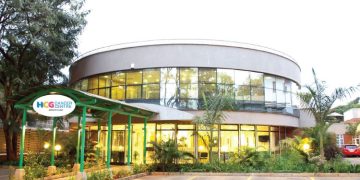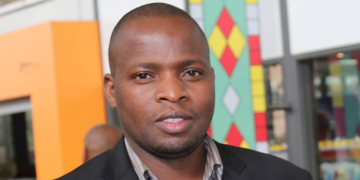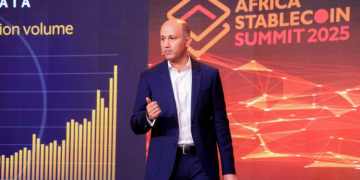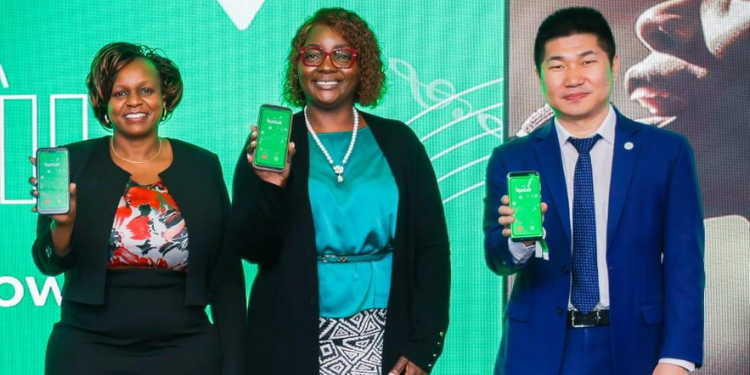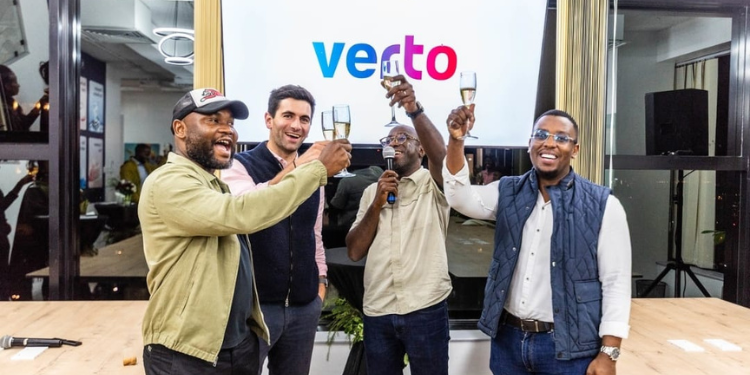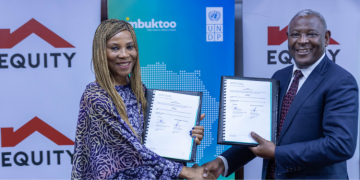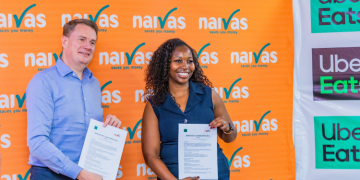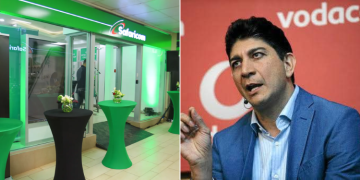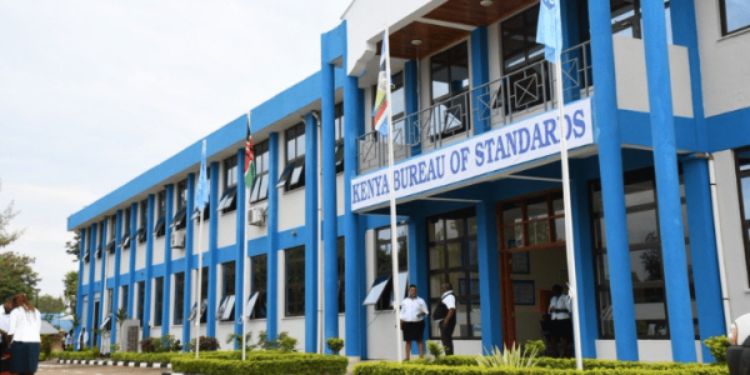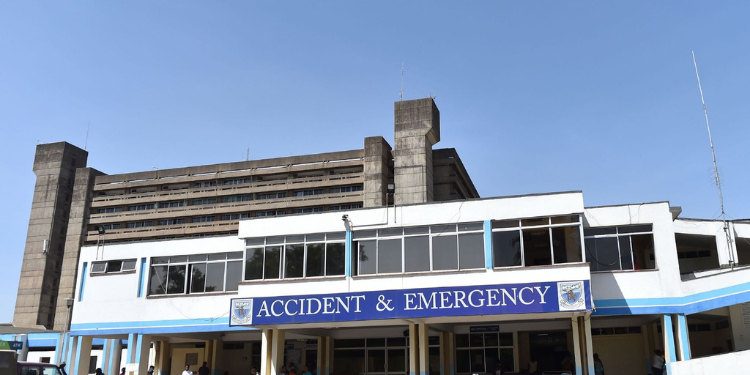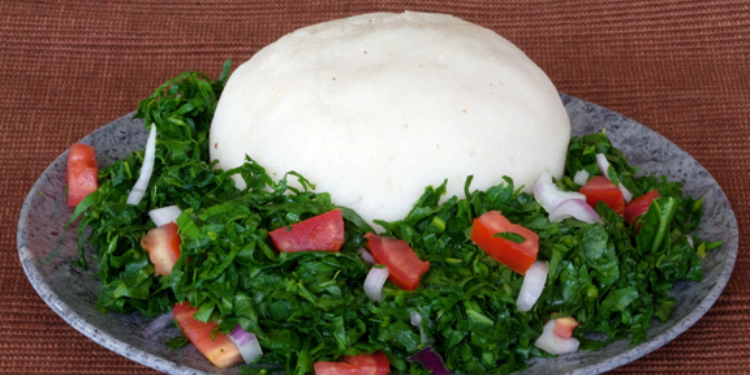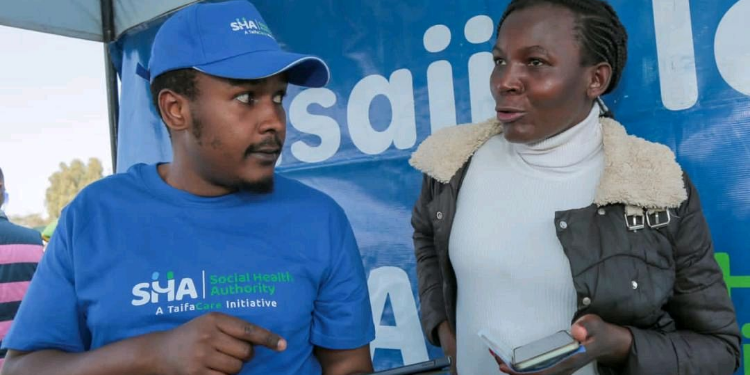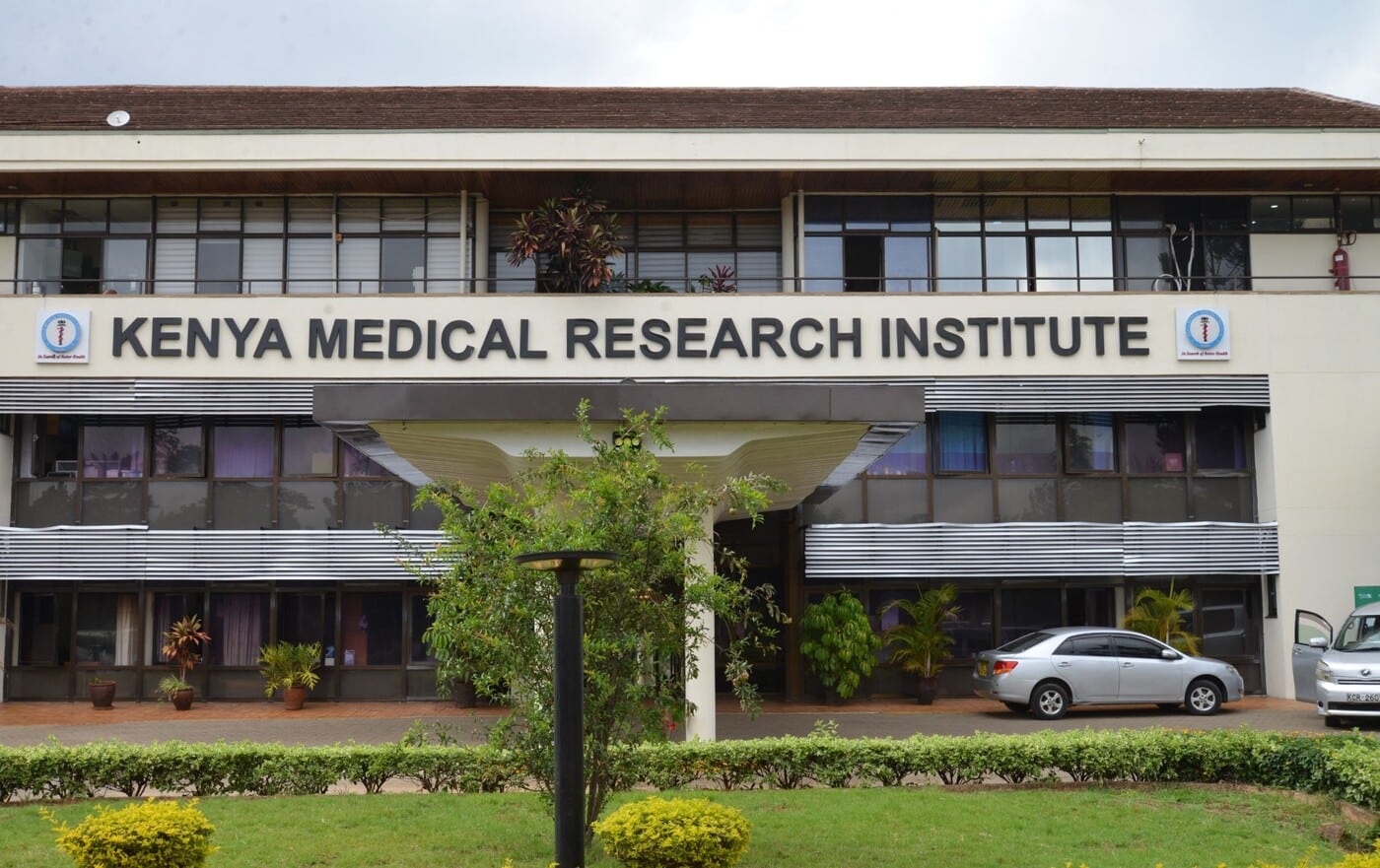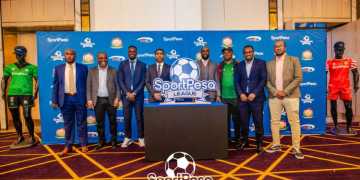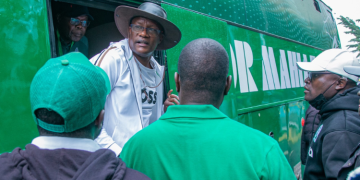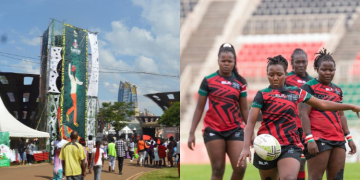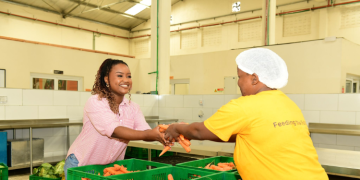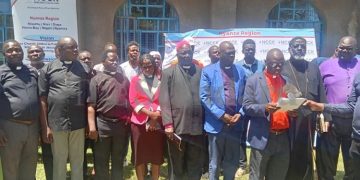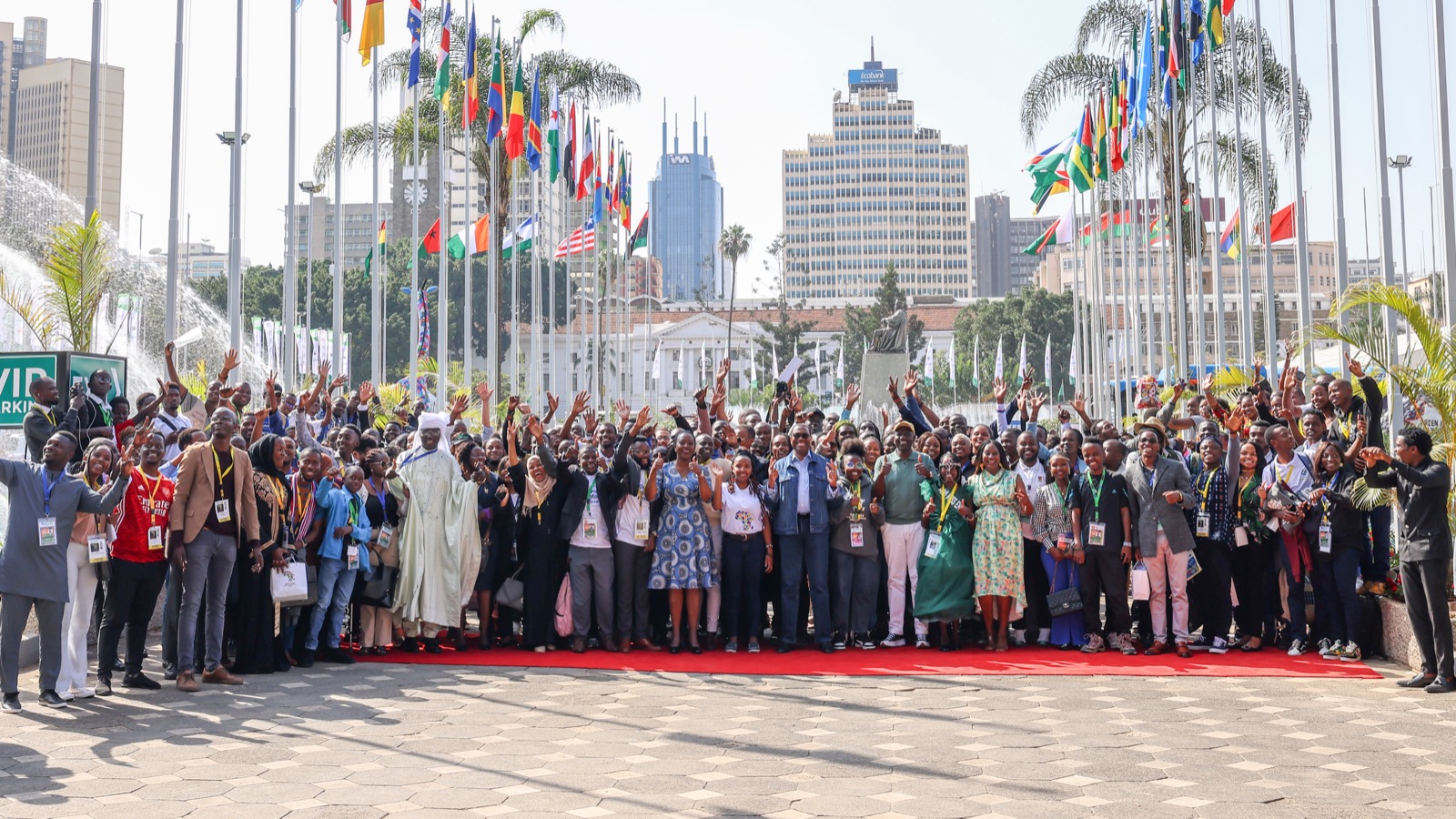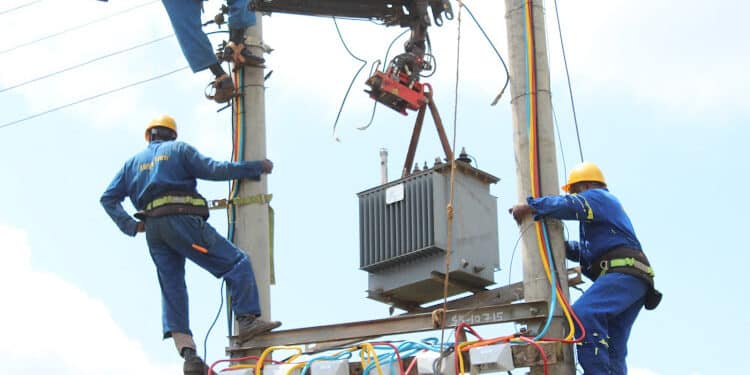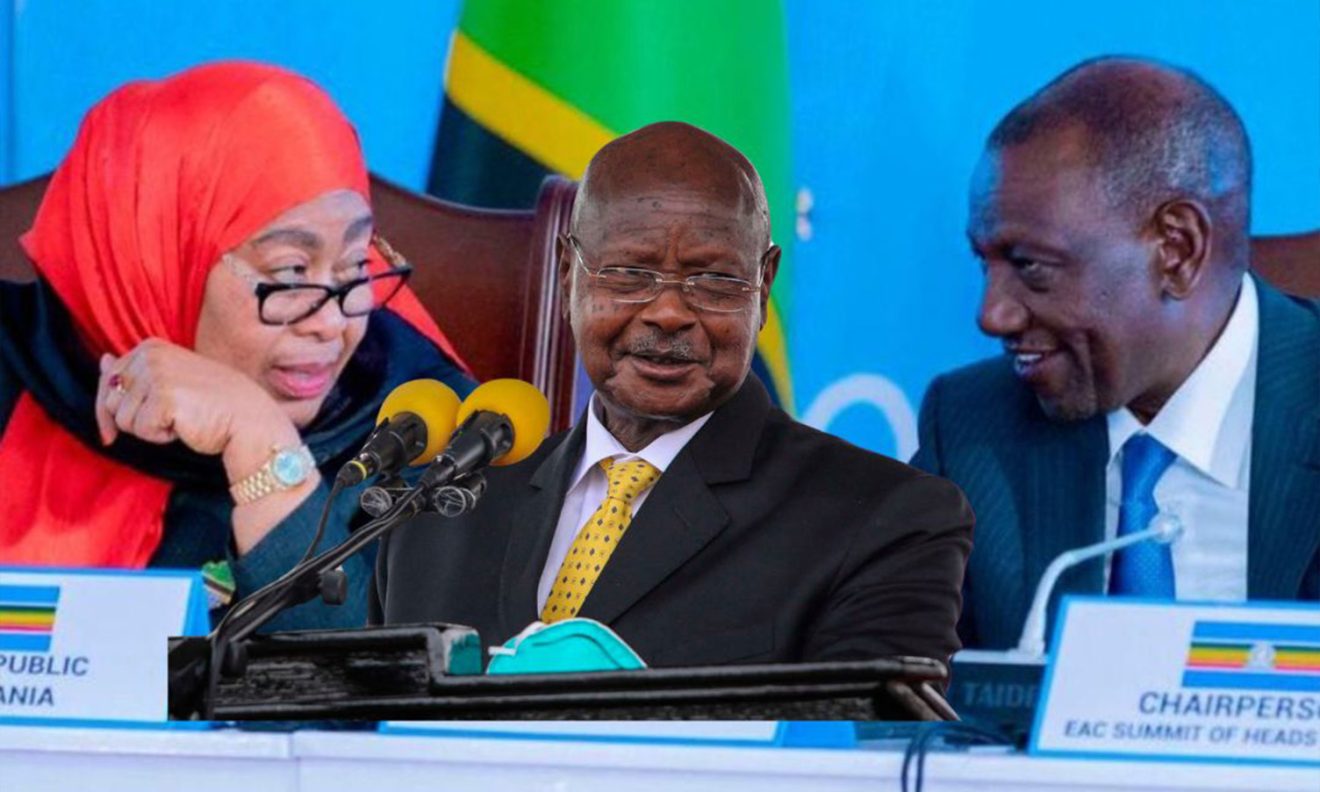Background on Hackathons: It is imperative that each and every Kenyan university and TVET should prioritize formally launching their annual hackathons for their own students as well as those from other public and private tertiary education players.
Hackathons should be a permanent feature and held all year round, perhaps following a synchronized nationwide calendar.
Private companies and government should also launch their own ideathons and hackathons for their staff and/or external participants, as well as partnering with universities and TVETs as financial sponsors, mentors, coaches, talent recruiters, and buyers of innovations.
Hackathons are key to growing Kenya’s self-employment, entrepreneurship (startups nation), opportunities economy, and innovation economy.
TechTarget defines a hackathon as ‘a social coding event that brings computer programmers and other interested people together to improve upon or build a new software program’. It is a hack day, hack festival, code festival, coding challenge, and hacker’s marathon.
They emphasize building of solution and thus differ from ideathons. Unstop defines an ideathon as ‘an event where participants from diverse backgrounds come up with innovative ideas and unique strategies to solve a specific real-world problem’.
Also Read: Top 10 High-Demand Skills Across Industries for the Global Workforce
Hackathons are designed to promote the development of creative ideas, product innovation by building prototypes, entrepreneurship by engendering startups, fundraising, industry-academia collaborations, brand building, fostering corporate intrapreneurship, recruitment of tech talent, and solving the greatest socioeconomic problems facing society. The first was the OpenBSD Hackathon on June 4, 1999, in Calgary, Canada.
The process of setting up a hackathon comprises seven steps. Identify the hackathon’s objectives and theme. Select target participants. Choose a physical or virtual venue and be clear on the cost implications. Search for sponsors and vendors to fund the event. Establish a clear set of rules outlining the hackathon’s purpose, time allocation, and materials for solution creation.
Create a positive and collaborative ambiance at the venue to engender creativity, informal brainstorming of ideas, and collaboration. A panel of respected judges to award prizes to the winning teams and projects.
Hackathons can Foster Entrepreneurship (Startup Culture) and Self-Employment
Unemployment rate for youths aged 15-24 and technical education graduates remains high and elevated, posing huge Arab Spring urban social unrest by millions of Kenyans, Not in Education, Employment, or Training- NEETs.
The country must accelerate efforts to create an opportunities economy, empowering youths with technical and entrepreneurship skills for self-employment and job creation among their peers.
In 2024, Kenya had 965,200 KCSE form four students ready to join tertiary education (approximately 400,000) or head straight to the world of work (above 565,000).
KNBS Economic Survey reported Kenya’s university students population across its 72 universities in 2024/25 at 634,413 (public – 522,888, private-108,419, open university- 3,106).
This means the country graduates almost 160,000 university students into a labor market already clogged with a backlog of unemployed comrades.
Accredited TVET institutions in Kenya stood at 2,756 (vocational centres-1,070 public and 118 private; technical and vocational colleges -302 public and 1,235 private; national polytechnics-30 and Kenya School of TVET-1).
The student population in TVET institutions stood at 709,885 (vocational centres -159,397; public technical and vocational colleges -215,534; private technical and vocational colleges -109,493; and national polytechnics and Kenya School of TVET-225,461). Kenya, therefore, graduates almost 240,000 TVET graduates annually.
Kenya’s Innovation Economy can be Supercharged by Hackathons
The World Economic Forum (WEF) Global Competitiveness Index (GCI) classified its twelve pillars into three sub-indices matching three stages of economic development for countries.
Kenya needs to transition from a primary commodity export, factor-driven economy stage to a manufacturing efficiency-driven economy phase and ultimately leapfrog into the innovation-driven economy level.
Kenya is still a primary commodity-driven economy. The manufacturing sector is really struggling to grow its share of GDP from 7 percent to the planned target of 15 percent.
In the 17th edition of the World Intellectual Property Organization (WIPO) Global Innovation Index (GII) in 2024, Kenya ranked 96th globally with a low score of 21 percent. WIPO GII scored Kenya across its seven pillars.
Institutions (GOK effectiveness, regulations, and ease of doing business) scored 39.6 percent. Human capital and research (education budget, tertiary education focus, GER&D share of GDP) 16.1 percent.
Infrastructure (ICT access and use, digital government, electricity generation, logistics, national investments, environment sustainability) 27.1 percent.
Also Read: List of Must-Have Requirements You Need to Do Remote Jobs
Market sophistication (access to credit, venture capital, investments, average taxation, manufacturing diversification) 22.6 percent.
Business sophistication (knowledge-intensive employment, university-industry R&D collaboration, industry clusters, trade in IPRs, high-tech and ICT imports) 21.3 percent.
Knowledge and technology outputs (number of patents, valuation of unicorns, software spending, export of IPRs, ICT, and high tech) 19.7 percent.
Creative outputs (intangible assets value, trademark applications, number of Generic Top Level Domains- .biz, .info, .org, .net,.com, GitHub changes, mobile apps downloads) 13.6 percent.
Lessons from North America
Major League Hacking (MLH) is the official student hackathon league organizing over 500,000 student hackers every year in 300 weekend-long codefests across North America and Europe, which crowd in over 90 countries worldwide.
Cutting-edge hackathon projects that became real companies include Workflow on the iOS app store, Cosmos Browser, and GroupMe messaging app, which was purchased by Microsoft for USD$85 million.
In the 2022 MLH standings, the University of Waterloo, which runs Canada’s biggest Hack the North Hackathon, was ranked first overall as number one in attendance of over 1,000 hackers and number two on merit. University of Toronto students who were ranked second run UofTHacks, attended by over 500 hackers annually.
York University runs Ctr+Hack+Del 24 hours’ hackathon. The University of British Columbia has hosted its UBC Learning Analytics and Cloud Innovation Centre Hackathons. McMaster University hosts DeltaHacks Hackathon for Change. McHacks is organized at McGill University.
University of California-San Diego organizes H.A.R.D Hack (hardware hackathon) and DiamondHacks. Bitcamp is the University of Maryland’s top hackathon, bringing together over 1,400 hackers on the East Coast. MHacks is the University of Michigan’s top student-organized hackathon.
HackTX is a University of Texas at Austin-hosted annual hackathon. Virginia Tech hosts VTHacks. Arizona State University SunHacks is an annual hackathon (ideathon, coding marathon, prototyping marathon, etc.).
Young Emerging Hackathon Culture in Kenyan Universities and TVETs
The University of Nairobi runs its annual research and innovation week, which might be the only consistent and formally structured university hackathon in Kenya, with the rest being largely ad hoc or opportunistic participation in local or global events.
The 2023 USIU-Africa Innovation and Hackathon sponsored by Blipearth Inc. was in four categories: agritech won by USIU-Africa, digital health won by JKUAT, climate change tech won by Technical University of Kenya, and creative tech won by USIU-Africa.
Zetech Inter-University Power Learn Project Hackathon had three themes: “Disrupting the Dialogue: Design the NextGen Social Platform/Inclusive Communication,” “Smart Cities for All: Hacking Solutions for a Sustainable Future,” and “Level-up Learning: Building Innovative Tools for All.”
An Equity Bank and Microsoft Virtual Hackathon was open to students from Meru University and the University of Nairobi and distributed to winners cash prizes worth KES 1 Million, Microsoft mentorship, Technical Cloud Certificates, and gift hampers.
The 2024 Kenya Inter-university Hackathon, which focused on the application of Artificial Intelligence to real-world problems, was won by JKUAT.
Riara University, the Technical University of Kenya, and Anza Village Design Thinking Hackathon prioritized interdisciplinary collaboration in innovation and problem-solving.
The call to action is for each and every university and TVET to deliberately and consciously mainstream hackathons in their annual calendar.
The public and private sectors will need to support the universities and TVETs hackathon culture with industry-academia linkages, angel investors’ network, early-stage venture capital and private equity, startups incubators and accelerators.
Follow our WhatsApp Channel and join our WhatsApp Group for real-time news updates.







